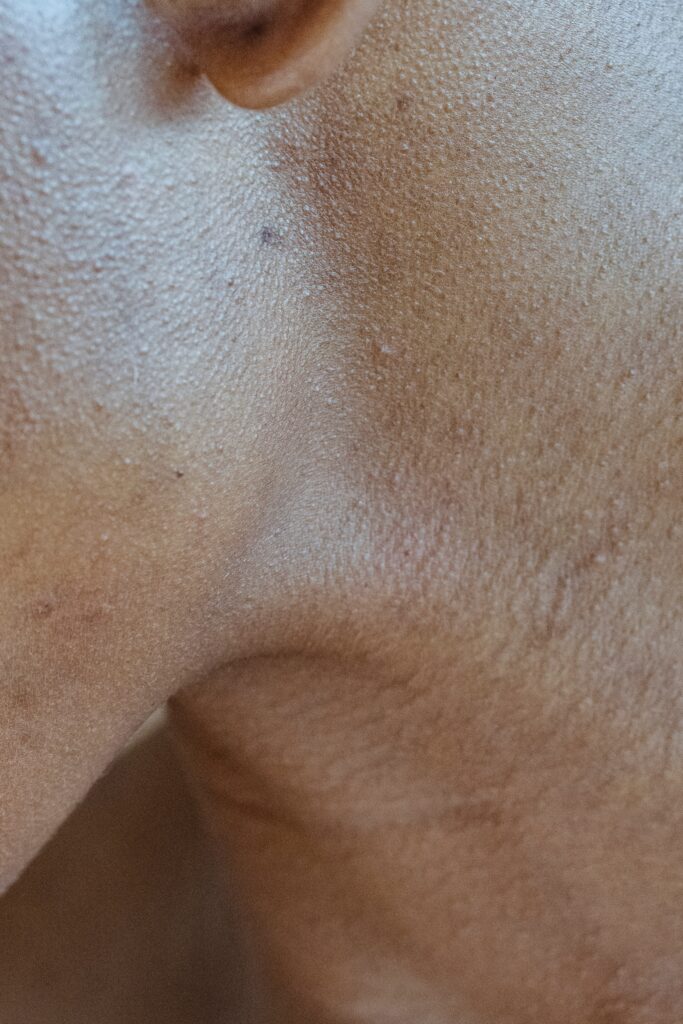What Happens To Your Skin After Hair Removal

Hair removal is a common practice for many individuals, whether it be through shaving, waxing, or laser treatments. While the immediate focus may be on removing unwanted hair, it’s essential to consider what happens to your skin after hair removal. Hair removal can have both positive and negative effects on your skin, so it’s important to be aware of these effects to take care of your skin properly.
-
Redness and Irritation:
Hair removal can cause redness and irritation, particularly if you’re using a new technique or have sensitive skin. This reaction occurs because hair removal can cause tiny tears in the skin, leading to inflammation and irritation. In some cases, the irritation can lead to ingrown hairs or infection if not treated properly.
-
Dryness:
After hair removal, your skin may feel dry and flaky, especially if you have used a method like shaving. This is because shaving can strip your skin of its natural oils, leaving it feeling dry and tight. To avoid this, it’s essential to moisturize your skin after hair removal, especially if you have dry or sensitive skin.
-
Hyperpigmentation:
Hyperpigmentation is a common side effect of hair removal, particularly for those with darker skin tones. This occurs when the skin produces more melanin in response to trauma, leading to dark spots or patches on the skin. To avoid hyperpigmentation, it’s essential to use a gentle hair removal method and protect your skin from the sun.
-
Ingrown Hairs:
Ingrown hairs are a common occurrence after hair removal, particularly with shaving or waxing. Ingrown hairs occur when hair curls back into the skin instead of growing out of the follicle. This can cause redness, inflammation, and even infection. To avoid ingrown hairs, it’s important to exfoliate regularly and use a gentle hair removal method.
-
Changes in Texture:
Repeated hair removal can cause changes in the texture of your skin over time. For example, waxing can lead to thinner skin over time, while shaving can cause the skin to become thicker and tougher. These changes can make your skin more prone to irritation and other side effects of hair removal.
-
Temporary Hair Removal:
Hair removal methods such as shaving, hair removal cream, and trimming only remove the hair from the surface of the skin, which means that hair will grow back relatively quickly. These methods do not damage the hair follicle, so hair regrowth occurs almost immediately. This means that you will have to perform hair removal frequently, which can lead to skin irritation and other skin problems.
-
Permanently Damaged Hair Follicles:
Laser hair removal and electrolysis permanently damage the hair follicles, which means that hair regrowth is inhibited. However, these methods can also cause skin irritation and other skin problems, such as hyperpigmentation, scarring, and infections.
-
Sun Sensitivity:
After hair removal, your skin may be more sensitive to the sun. This is because hair provides a natural barrier to the sun’s rays, and when it’s removed, your skin is left more exposed to the sun’s harmful effects. To avoid sunburn and other sun-related skin problems, it’s important to protect your skin with sunscreen or protective clothing.

-
Increased Blood Flow:
Hair removal can cause an increase in blood flow to the treated area, which can help to improve the overall appearance of your skin. Increased blood flow can help to improve the texture and tone of your skin, making it look smoother and more youthful.
-
Improved Skin Exfoliation:
Hair removal can also improve skin exfoliation, which means that dead skin cells are removed more effectively. This can help to unclog pores and prevent breakouts, making your skin look brighter and clearer.
-
Swelling and Bruising:
After certain hair removal methods, such as waxing or electrolysis, you may experience temporary swelling and bruising. This occurs because these methods involve pulling or damaging the hair follicle, which can cause a minor injury to the skin. The swelling and bruising usually subside within a few days.
-
Skin Infections:
Hair removal can also increase the risk of skin infections, particularly if you have sensitive or damaged skin. Bacteria can enter the skin through small cuts or abrasions caused by hair removal, leading to infections such as folliculitis (inflammation of the hair follicles) or cellulitis (a bacterial skin infection).
-
Increased Sensitivity:
Hair removal can make your skin more sensitive, particularly immediately after the procedure. This can make it more prone to irritation or allergic reactions from skincare products or other environmental factors. It’s important to avoid using harsh or irritating skin care products immediately after hair removal, and to wait until your skin has had time to heal.
-
Uneven Skin Tone:
Repeated hair removal can cause uneven skin tone, particularly if you use harsh or abrasive methods. This can lead to darker patches of skin or a blotchy appearance. To avoid uneven skin tone, it’s important to use gentle hair removal methods and to avoid excessive sun exposure.
-
Scarring:
In rare cases, hair removal can cause scarring, particularly if you have sensitive skin or if the method used is too harsh. Scarring can occur if the hair follicle becomes inflamed or infected, leading to the formation of scar tissue. If you experience persistent scarring or skin discoloration after hair removal, it’s important to consult a dermatologist for advice and treatment.
Hair removal can have a range of effects on your skin, some positive and some negative. It’s important to choose a gentle hair removal method, to take care of your skin after hair removal, and to be aware of the potential risks and side effects. By doing so, you can help to maintain healthy, smooth, and radiant skin.

